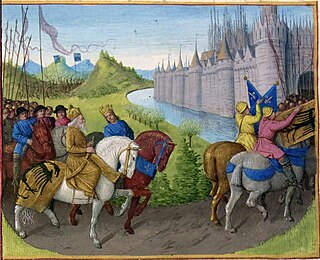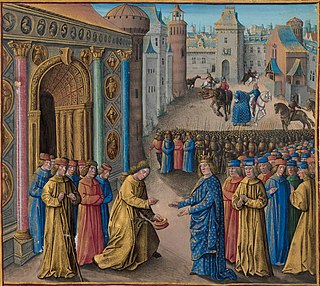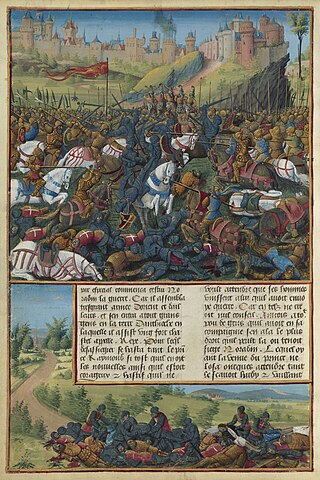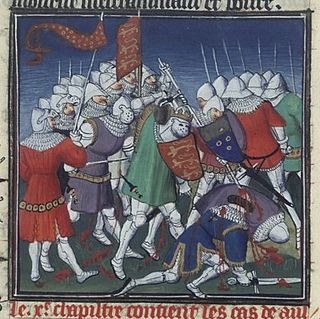
Year 1135 (MCXXXV) was a common year starting on Tuesday of the Julian calendar.
The 1170s was a decade of the Julian Calendar which began on January 1, 1170, and ended on December 31, 1179.
The 1100s was a decade of the Julian Calendar which began on January 1, 1100, and ended on December 31, 1109.

Year 1143 (MCXLIII) was a common year starting on Friday of the Julian calendar.

Year 1144 (MCXLIV) was a leap year starting on Saturday of the Julian calendar.
The 1140s was a decade of the Julian Calendar which began on January 1, 1140, and ended on December 31, 1149.

Year 1147 (MCXLVII) was a common year starting on Wednesday of the Julian calendar.
The 1110s was a decade of the Julian Calendar which began on January 1, 1110, and ended on December 31, 1119.

Year 1113 (MCXIII) was a common year starting on Wednesday of the Julian calendar.

Year 1116 (MCXVI) was a leap year starting on Saturday of the Julian calendar.

Year 1176 (MCLXXVI) was a leap year starting on Thursday of the Julian calendar, the 1176th year of the Common Era (CE) and Anno Domini (AD) designations, the 176th year of the 2nd millennium, the 76th year of 12th century, and the 7th year of the 1170s decade.

Year 1132 (MCXXXII) was a leap year starting on Friday of the Julian calendar.

Year 1137 (MCXXXVII) was a common year starting on Friday of the Julian calendar.

Year 1148 (MCXLVIII) was a leap year starting on Thursday of the Julian calendar.

Year 1149 (MCXLIX) was a common year starting on Saturday of the Julian calendar.

Year 1185 (MCLXXXV) was a common year starting on Tuesday of the Julian calendar.

Year 1105 (MCV) was a common year starting on Sunday of the Julian calendar.

Year 1106 (MCVI) was a common year starting on Monday the Julian calendar.

The Second Crusade (1147–1150) was the second major crusade launched from Europe. The Second Crusade was started in response to the fall of the County of Edessa in 1144 to the forces of Zengi. The county had been founded during the First Crusade (1096–1099) by the future King Baldwin I of Jerusalem in 1098. While it was the first Crusader state to be founded, it was also the first to fall.
This chronology presents the timeline of the Crusades from the beginning of the First Crusade in 1095 to the fall of Jerusalem in 1187. This is keyed towards the major events of the Crusades to the Holy Land, but also includes those of the Reconquista and Northern Crusades as well as the Byzantine-Seljuk wars.














